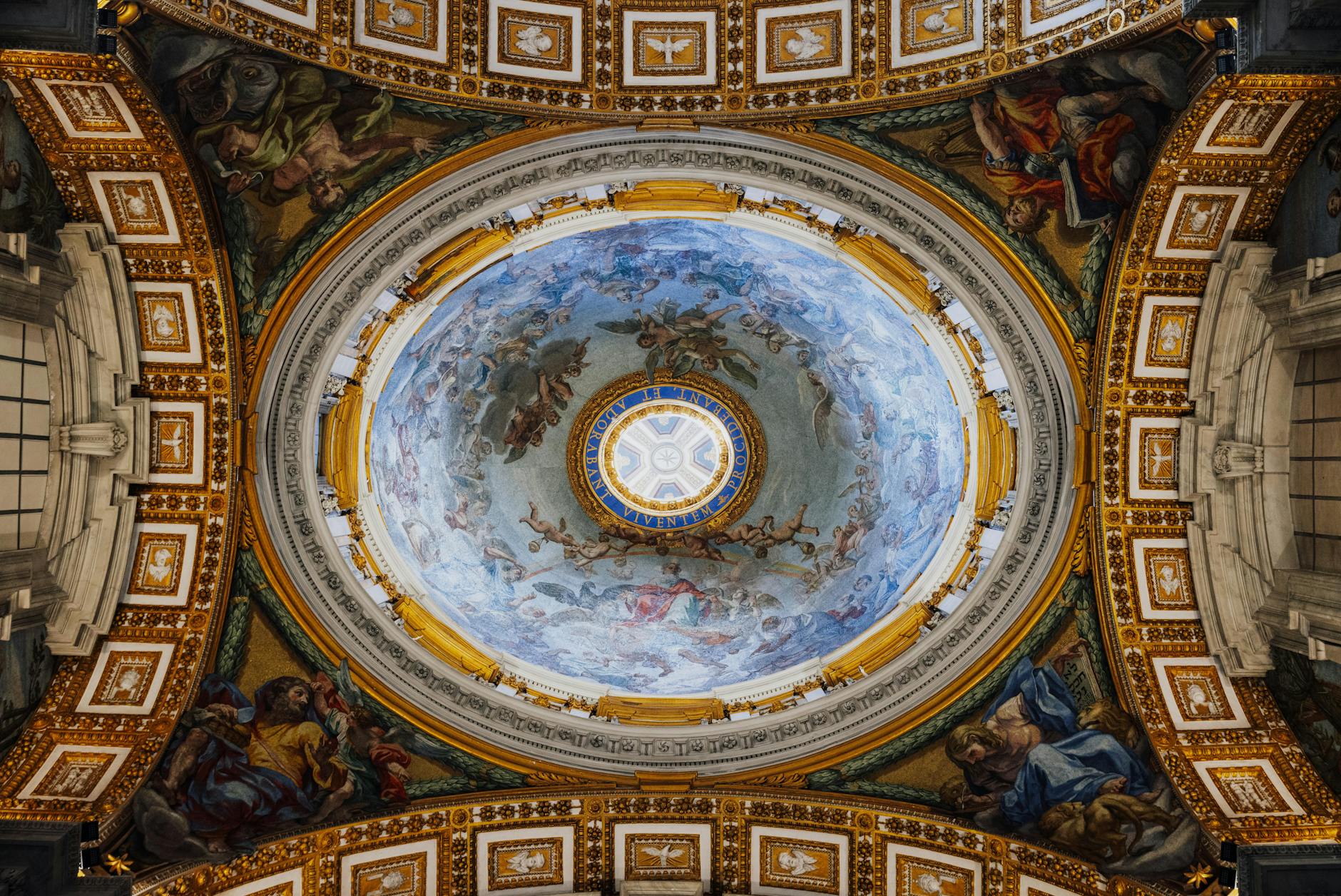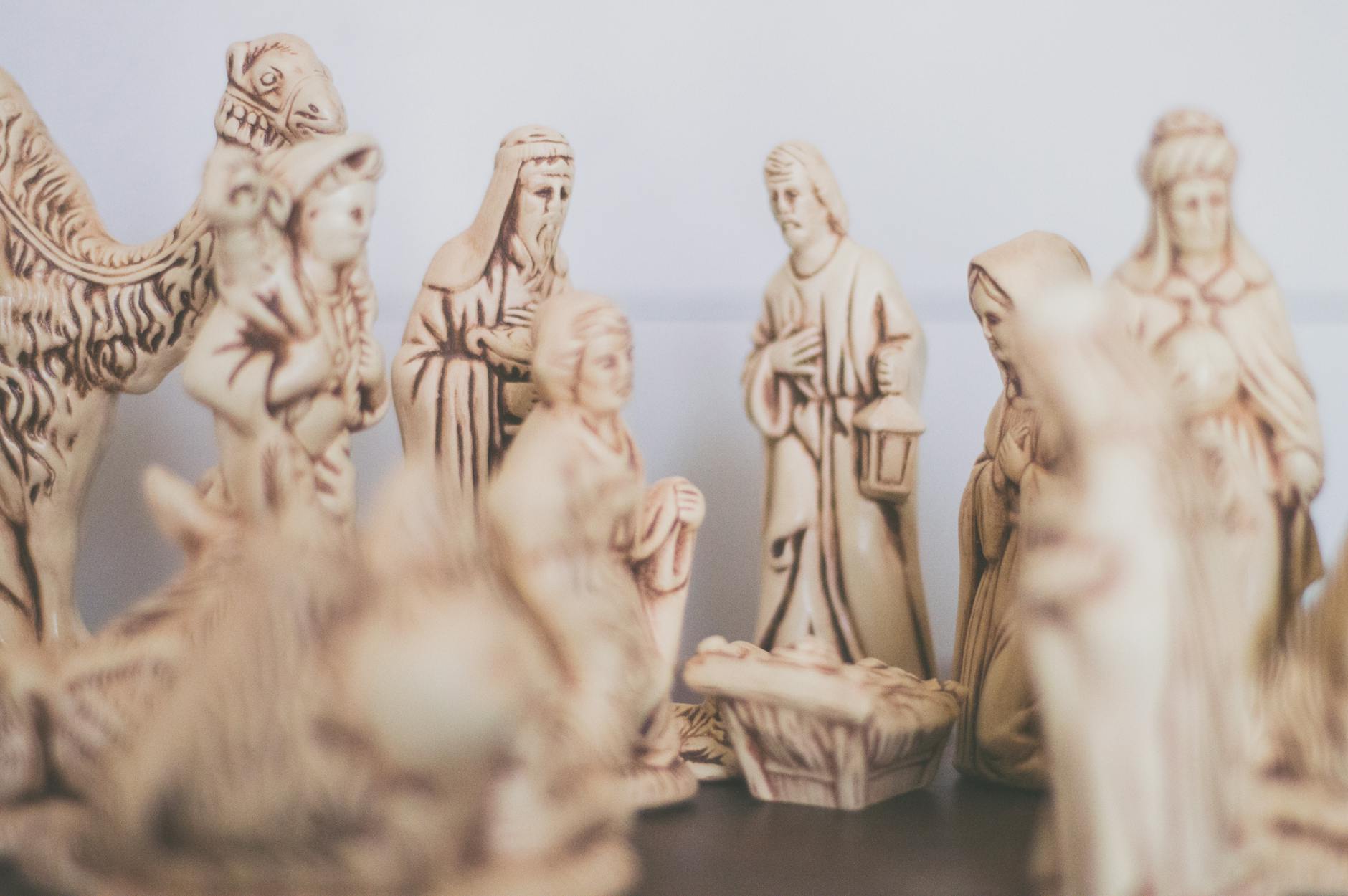Psychedelic art, with its bright colors, intricate detail, and mind-bending visuals, has been a fascinating area of exploration for artists and art-lovers alike for decades. This genre, which evolved in tandem with the counterculture movement of the 1960s, has transformed and morphed over the years, incorporating elements of visionary art, surrealism, and digital art, and consistently pushing the boundaries of conventional aesthetic norms.
This unique visual styling draws its roots from various cultures worldwide. Some historians point to Indigenous Amazonian art and its hallucinogenic patterns as an early form of psychedelic art. Still, the concept really gained ground during the mid-20th century, amid the swell of “hippie” culture and exploration of spiritual experiences. During this period, art became deeply entwined with the propagation of psychedelic drugs and spiritual exploration, leading to a whirlwind of creativity that spilled onto canvas, album covers, and psychedelic posters.
One of the pioneering figures of this era was artist Rick Griffin, known for his iconic psychedelic posters for musicians like Jimi Hendrix and the Grateful Dead. Griffin’s artwork was known for its vivid color, bold typography, and symbolism, which were instrumental in shaping the visuals of the psychedelic movement.
Visionary art – a genre that seeks to transcend the physical world and depict a wider vision of awareness – also plays a significant role in the evolution of psychedelic art. Artists like Alex Grey, with his anatomical detail combined with cosmic imagery, carried the baton of psychedelic aesthetics into new frontiers. In his paintings, one can recognize the strong influence of surrealist influences, combined with the spiritual longing inherent in his subject matter.
These elements created another layer to the psychedelic aesthetic, adding a greater depth and complexity to the genre. Artists began to explore the mystical and transcendental, infusing their work with spiritual concepts and symbolism. This trend represented a shift towards viewing psychedelic art not only as an aesthetic venture but as a tool for articulating profound spiritual experiences.
As we moved further into the digital age, the boundaries and possibilities of psychedelic art were blown wide open, giving birth to digital psychedelic art. In today’s era, artists are equipped with powerful software tools that enable the creation of complex, layered, and animated visual sequences that were previously unimaginable. Android Jones, for instance, is a well-known artist in this realm, pushing the limits of digital painting and projection mapping to create immersive, visionary, and hallucinogenic experiences.
Psychedelic art also found a home in various other mediums such as fashion, film, and music – each influenced to varying extents by this vibrant genre. There’s an inherent flexibility in psychedelic art that refuses to be culled into a narrow classification, allowing it to traverse various mediums and influence generations of artists.
In conclusion, the evolution of psychedelic art has been a journey of colors, patterns, and mind-bending visuals since its inception. From paper to canvas to digital screens, this genre of art continues to blur the boundaries between the conscious and the subconscious, reality and fantasy, art, and spiritual experiences. In this way, psychedelic art might be seen as a graphic illustration of the human search for understanding, a sensory representation of inner journeys. With the melding of new technologies and the continued exploration of consciousness, the future of psychedelic art looks as bright and multifaceted as the artwork it produces.
Source:
1. psychedelic art history
2. psychedelic posters
3. Alex Grey’s work
4. Android Jones’s digital psychedelic art
5. visionary art genre
6. surrealist influencers








